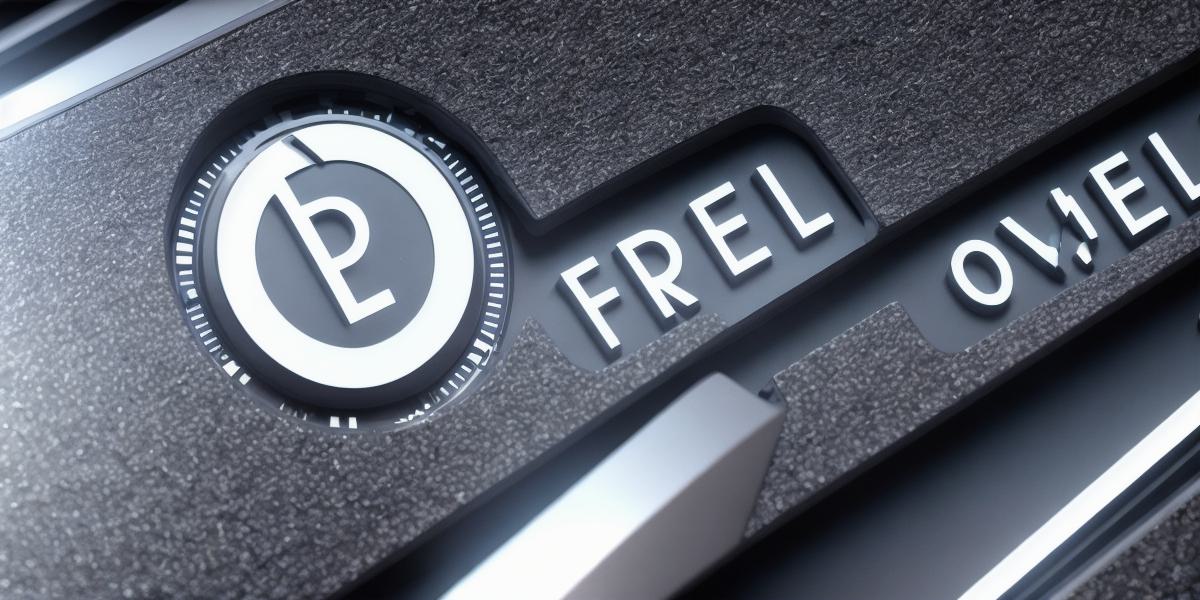Is Web3 a Digital Asset or Something More?


Web3 is a term that refers to the next evolution of the internet, which is built on blockchain technology. This new version of the internet promises to revolutionize the way we interact with data and each other, and it has already started to gain traction. But what exactly is Web3? Is it just another form of digital asset or is it something more?
The Evolution of Web3
Web3 is built on blockchain technology, which is a decentralized, secure way of storing and sharing data. The first version of the internet, known as Web1, was focused on static content such as websites and emails. Web2, which followed, introduced more interactive features such as social media and video streaming. But these versions of the internet are still centralized, meaning that they rely on a single entity to control and manage the data.
Web3 is different because it is decentralized. It relies on a distributed network of computers to store and share data, rather than a central authority. This makes Web3 more secure, transparent, and efficient. But what exactly does this mean for the future of the internet?
A Digital Asset or Something More?
Web3 is often described as a digital asset, which is a type of digital asset that can be bought, sold, and traded on a blockchain network. This is because Web3 technology allows us to create and trade unique digital assets such as cryptocurrencies, non-fungible tokens (NFTs), and decentralized finance (DeFi) tokens.
But Web3 is more than just a digital asset. It is a platform that enables us to create new types of applications and services that were not possible before. For example, Web3 can be used to create decentralized autonomous organizations (DAOs), which are self-governing entities that can make decisions and execute actions without the need for a central authority.
Web3 can also be used to create new forms of social media and other interactive platforms that are more secure, private, and resistant to censorship. It can be used to create new types of marketplaces and exchanges that are more transparent and efficient. And it can be used to create new forms of entertainment and gaming that are more engaging and rewarding for players.
The Future of Web3
Web3 is still in its early stages, but it has already started to gain traction. As more people and organizations adopt this technology, we can expect to see even more exciting applications and services emerge. For example, we can expect to see more DeFi platforms that allow users to earn interest on their cryptocurrency holdings without the need for a centralized bank. We can also expect to see more DAOs that are used to fund research, development, and other projects that are important to a community.
But Web3 is not without its challenges. There are concerns about scalability, security, and interoperability. And there are still many questions about how Web3 technology will be regulated. But as with any new technology, these challenges will likely be overcome in time.
Conclusion
Web3 is a digital asset that promises to revolutionize the way we interact with data and each other. It is more than just another form of digital asset; it is a platform that enables us to create new types of applications and services that were not possible before. While there are still many challenges to be overcome, Web3 has already started to gain traction, and its potential is enormous. The future of the internet is bright, and Web3 will play a central role in shaping it.








